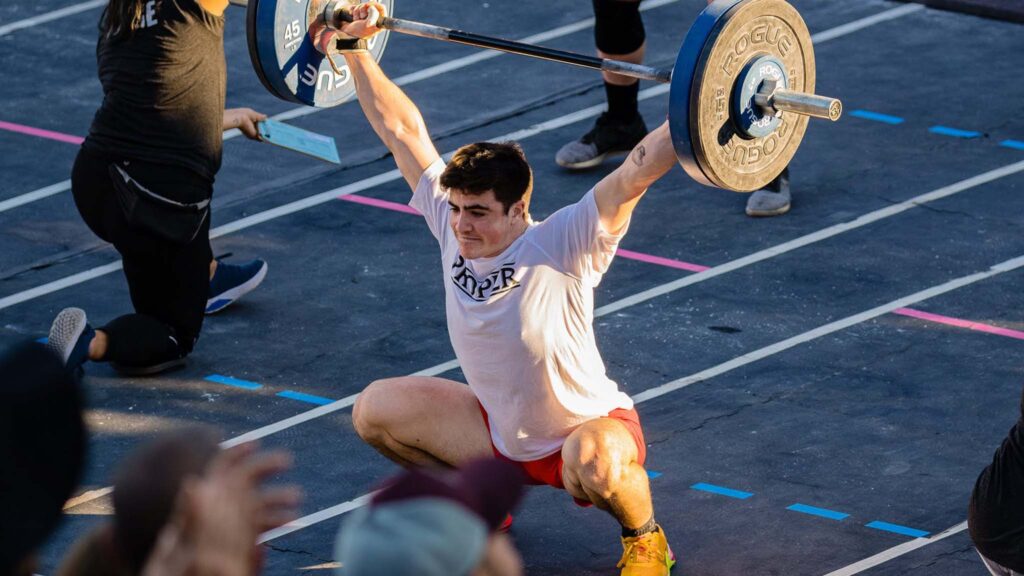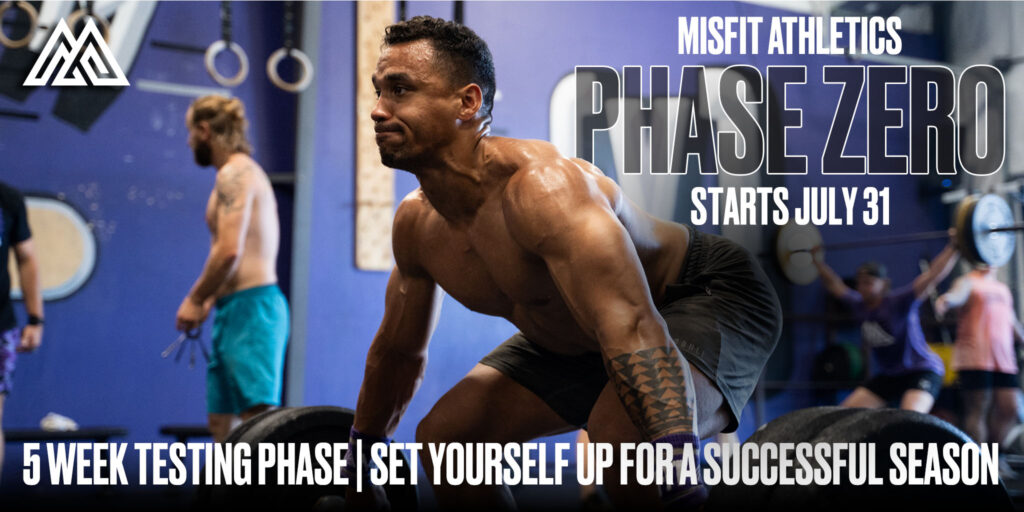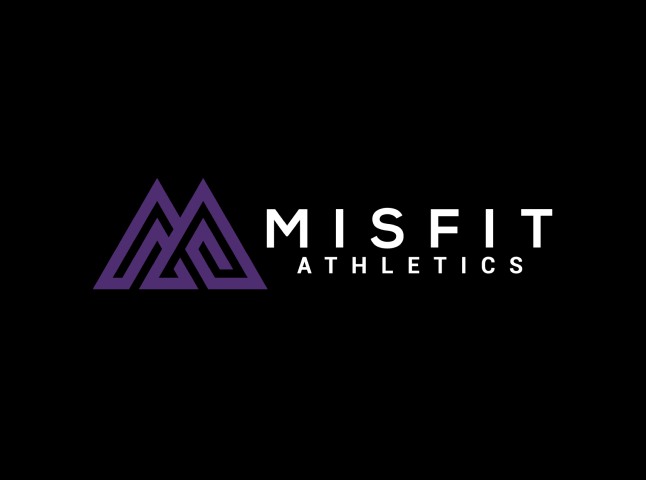Quit Making It Easy

Quit Making it Easy
Whether you know it or not, when you signed up to start training CrossFit you set yourself down a path with no endpoint. The continual pursuit of better is not a destination; it’s a journey. There are many peaks and valleys during your pursuit, but if you’re anything like me you are drawn to the intoxicating feeling that progress provides. Any opportunity to expedite the frequency at which you experience this feeling is incessantly pursued. Many factors determine the rate at which you improve, but some of you are choosing to drive a Ferrari on the road to better, whereas others are pushing a broken-down Ford Pinto. For those of you looking to ditch the Pinto in place of the Ferrari, there are a few specific changes that you might need to make, but if I could summarize them into 4 words, it would be “quit making it easy.”
The statement “quit making it easy” may seem ironic since I sincerely doubt any of you who train with us regularly see the programming and think, “wow, that looks easy”, but there are some simple mistakes you can avoid to keep you on the fast track towards better. The pitfalls I’ll be addressing in this article are relying on strengths, creating perfect scenarios, and failing to check your ego. With each trap, I will address how the problem is making things “easier” and provide action steps for fixing the issue so we can get you back on the fast track.

Relying on Strengths
Experience is an incredible teacher, and each experience is an opportunity for growth. Unfortunately, too many people out there refuse to walk the unfamiliar path, one that prioritizes their weaknesses rather than their strengths. These folks shy away from the unknown of “what might happen if…” and instead choose the more comfortable path, one that is well-known and, frankly, easier. The problem with training this way is you never have the opportunity to experience, and therefore learn, what might happen if you throw caution to the wind and *try*. Without experience, there is no learning. For example, let’s assume that you are phenomenal with ring muscle ups but average-to-below-average on the assault bike, and you are attempting the following training piece:
3 Rounds
30/22 Calorie AAB
12/10 Ring Muscle Ups
Rest 4:00
With a big set of muscle ups looming at the end of each round, your first instinct likely is to bike at a cautious pace that still allows you to perform big sets of muscle ups. The problem with this approach is that it will enable you to highlight your strengths rather than address your weaknesses. A more effective way to approach this piece for you is to aggressively attack the bike, and *see* what happens to your muscle ups. To grow as an athlete, you must continually seek out and make friends with your weaknesses. Each of these three rounds is an opportunity to learn about what your biking pace does to your muscle ups. If you find yourself in a training piece with clear strengths and weaknesses, rather than stroke your ego and rely on your strength, hammer your weakness. This will allow you to see how strong your strengths actually are. Of course, you shouldn’t train this way 100% of the time, but it’s essential to realize the benefits that training with what feels like intentional sabotage does for your fitness. The pursuit of finding your potential is all about trying, recalibrating, and trying again; it’s a never-ending game.
Creating “Perfect” Scenarios

Do you have a favorite barbell, pull-up bar, or set of rings? Do you always train at the same time, with the same people you beat every day? Can you only train hard if the temperature in the gym is perfect and a big old fan is blowing on you? It sounds like you are creating a “perfect” scenario. While it’s ok to train this way occasionally, you are setting yourself up for failure if this is the only way you can “give it your all”. A core component of CrossFit training is preparing for the unknown and unknowable. We try to do our part in preparing you through variance, as we continually rotate the implements you train with, the stimuli, the time domains, and the feel because we know how much these things matter. While we may not be able to guess what you’ll be asked to do, we do know that if we continually challenge you with variance, you are better prepared for the unknown and unknowable.
Variance in your programming will help prepare you for anything, but you should also challenge your own status quo. Turn the fan off, head outside, and train under the beating sun at noon. Use an unfamiliar pull up bar, the one that’s slipperier than your usual one. Train with people who are clearly better than you at a foreign time in an unfamiliar location. The more variance you inject into your training, the more prepared you will be. The more prepared you are, the more confident you will be in any scenario thrown your way, whether in competition or real life.
Check Your Ego

Do you want to know what I see as the biggest mistake someone can make when using our program? Selecting the wrong one. Each program has specific goals and is written for a particular type of Misfit. The common denominator in inappropriate program selection? Ego. When you train with the incorrect program (i.e. one that is above your current ability level), you allow your ego to get the best of you. The problem with letting your ego lead the way? You will, more often than not, miss the stimulus. So that I can make this a bit more clear, let’s use the following workout:
4 Rounds
5 Power Cleans 225/155lbs
10 Strict HSPU
15 Calorie Row
If you were to see this workout on MisfitAthletics.com you’d see the following and feel associated with it: Feel: Gas, Pacing: Sustain, Time Domain: Short. If your 1RM Power Clean is 245 and your max set of Strict HSPU is 3, it is improbable you can stick to the “short” time domain. It will be nearly impossible to move the 20 reps in the Power Clean at 90%+ of your 1RM at the speed necessary to hit the target stimulus, which means this workout is not for you (yet). Instead, we’d rather see you pick a more appropriate option, like our Hatchet, Masters, or Teens program, and perform it the way it was intended to be executed.

When we Misfit Coaches write the programming, we set out to create particular adaptations at precise times in the year to help maximize your personal potential. For these adaptations to occur it is critically important that you understand what we are after with each training piece you are doing. We provide you with the time domain, feel, and pacing for each workout we write so that you have a better idea of what we are looking for in each training piece. For those looking for more information on that, read this excellent article written by Coach Hunter here: The Misfit Athletics Stimulus Package. Armed with that information, you are better equipped to tackle your training effectively. Thankfully, one thing I am incredibly proud to see from you Misfits is more of you doing our Hatchet, Masters, and Teens programs. Seeing you all use the right program means you trust that we know what is best for you and your goals, and that you are on the fast track to progress. Keep it up.
Each of these pitfalls has a common theme: ego. And before you villainize your ego, it’s essential to realize that ego is neither good nor bad. With the proper application, your ego can be rocket fuel, and in other circumstances, it can be like pouring sugar in your gas tank (let me know if you got that reference). I wrote this article for you Misfits because I am deeply invested in your progress, and I want to see you all succeed. Next time you step foot in the gym to train, ask yourself, “am I making it too easy?”

Written by Matt Sherburne


